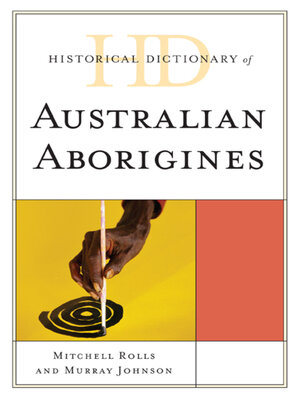
Sign up to save your library
With an OverDrive account, you can save your favorite libraries for at-a-glance information about availability. Find out more about OverDrive accounts.
Find this title in Libby, the library reading app by OverDrive.



Search for a digital library with this title
Title found at these libraries:
| Library Name | Distance |
|---|---|
| Loading... |
The Australian Aborigines first arrived on the continent at least 60,000 years ago. They almost certainly landed on the northwest coast by sea from the nearby islands of the Indonesian archipelago. That first arrival may have been replicated many times over. The following exploration and settlement of a vast and varied continent was a venture of heroic proportions. The new settlers had reached southern Tasmania, the point farthest from the original landfall at least 30,000 years ago. By the early 17th century, when the first European seafarers arrived in Australian waters, the Aboriginal nations were living in every part of the continent, having colonized the tropical rainforests of the north, the vast arid deserts of the interior, and the cool and damp woodlands of the southeast.
The Historical Dictionary of Australian Aborigines relates the history of Australia's indigenous inhabitants from their arrival on the continent 60,000 years ago to the centuries long European colonization process starting in the 1600s to their role in today's Australia. This is done through a chronology, an introductory essay, an extensive bibliography, and over 300 cross-referenced dictionary entries on significant persons, places, events, institutions, and aspects of culture, society, economy, and politics. This book is an excellent access point for students, researchers, and anyone wanting to know more about Australian Aboriginal peoples.
The Historical Dictionary of Australian Aborigines relates the history of Australia's indigenous inhabitants from their arrival on the continent 60,000 years ago to the centuries long European colonization process starting in the 1600s to their role in today's Australia. This is done through a chronology, an introductory essay, an extensive bibliography, and over 300 cross-referenced dictionary entries on significant persons, places, events, institutions, and aspects of culture, society, economy, and politics. This book is an excellent access point for students, researchers, and anyone wanting to know more about Australian Aboriginal peoples.







